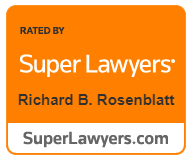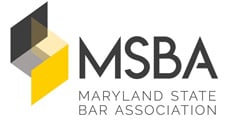There are a multitude of scenarios in which a person in Maryland may begin to experience the trials of financial hardships. Regardless of how it occurs, those who constantly struggle to keep up with monthly payments may find themselves in search of relief, but with numerous available options, they may be uncertain how best to proceed. While many of those who experience severe financial struggles may wish to seek relief through consumer bankruptcy, they may be forced to wait on their tax refund to pay for the process.
Many may consider a tax refund as a means to pay down on certain amounts of debt, while others may wish to put their refund into savings. However, for those facing substantial amounts of debt, this influx of cash could open up additional options. Studies suggest that the number of bankruptcy filings generally sees an increase during this part of the year, with many choosing to seek the relief they might otherwise be unable to afford.
While filing for bankruptcy is a serious financial decision, for those who constantly struggle with debts, it could be the healthiest option available. By filing for Chapter 7 bankruptcy, many or most of a person’s unsecured debts may be discharged once the process is finalized. Although certain debts cannot be discharged through bankruptcy, the relief provided by the process can free up income and help a person get his or her finances back on track.
While it might be possible to file for consumer bankruptcy without assistance, any errors in the process can have devastating consequences. Those who wish to avoid mistakes and pursue relief from debts could consult with an experienced attorney for assistance in navigating the process. An attorney can assist a client in Maryland in choosing the correct path with which to pursue relief and provide further advice on how to prevent a similar situation in the future.
Source: The Washington Post, “What happens when you can’t afford to go bankrupt”, Paul Kiel, Accessed on March 27, 2018






